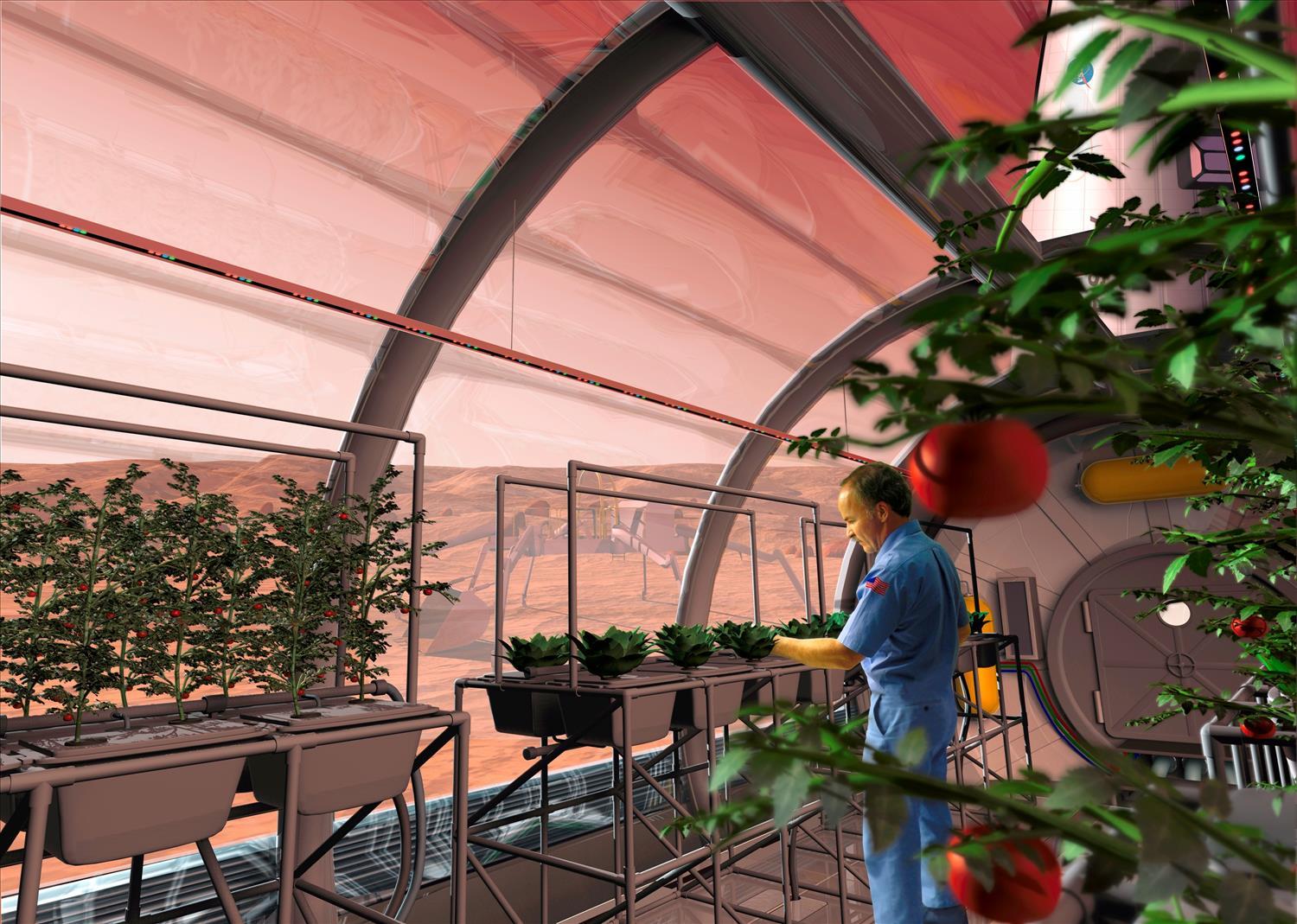(MENAFN- BreezyScroll)
The German space agency and NASA are investing in farming on Mars and the moon. During brief explorations in space, astronauts have always relied upon pre-packaged food. However, if we wish to set up long-term settlements on Mars or the moon, farming in space is our best option.
'Plants are things that we take with us as explorers. They're part of our core heritage whether we think of it or not,' said Anna-Lisa Paul, the co-director of Space Plants Lab at the University of Florida. Currently, NASA and the German space agency are pushing soil-free farming to its limits in the greenhouses of Antarctica. After all, a robust collection of plants can be the ultimate life-support system. It will provide food and oxygen for consumption.
The history of farming on Mars

NASA has been funding soviet research in agricultural programs since the 1980s. A particular study in collaboration with the University of Wisconsin revealed that replacing incandescent grow lights with a blend of LEDs (mainly purple) helps in plant growth and photosynthesis.
'NASA was genuinely in front of the curve on this, promoting their use for these applications,' assured Raymond Wheeler, a horticulturist at the Kennedy Space Center (KSC). Teams at KSC grew crops like potatoes, wheat, and soybean in the 1980s by immersing the roots in nutrient solutions. They also devised vertical farming which has now taken over as a space-saving hydroponics system.
Antarctic robots raise crops for space
EDEN-ISS Antarctic greenhouse is currently in its fourth growing season. The first year alone provided close to 600 pounds of vegetables. The 135-square-foot greenhouse grew cucumbers, tomatoes, herbs, radishes, lettuce, and many more leafy greens. The experiment proves that we don’t need sunlight or fertile ground to grow crops in large quantities. Built with the combination of red and blue lights to make purple light, it can be adjusted as per growing needs. Water is recycled in the greenhouse most of the time. However, when the nutrient solution gets depleted once in a few months, it needs to be replaced.
'My dream would be that we all live in ecological biospheres on our own. We would be completely independent of the planet Earth, and we would leave Earth to its own so it can recover,' said Daniel Schubert, the DLR Antarctica project coordinator.
MENAFN24062021005762012635ID1102336660
Legal Disclaimer:
MENAFN provides the information “as is” without warranty of any kind. We do not accept any responsibility or liability for the accuracy, content, images, videos, licenses, completeness, legality, or reliability of the information contained in this article. If you have any complaints or copyright issues related to this article, kindly contact the provider above.